How to Lay Turf
Once you've prepped your soil properly, you're ready to lay your new turf. Follow these steps to give your turf the best start in life.
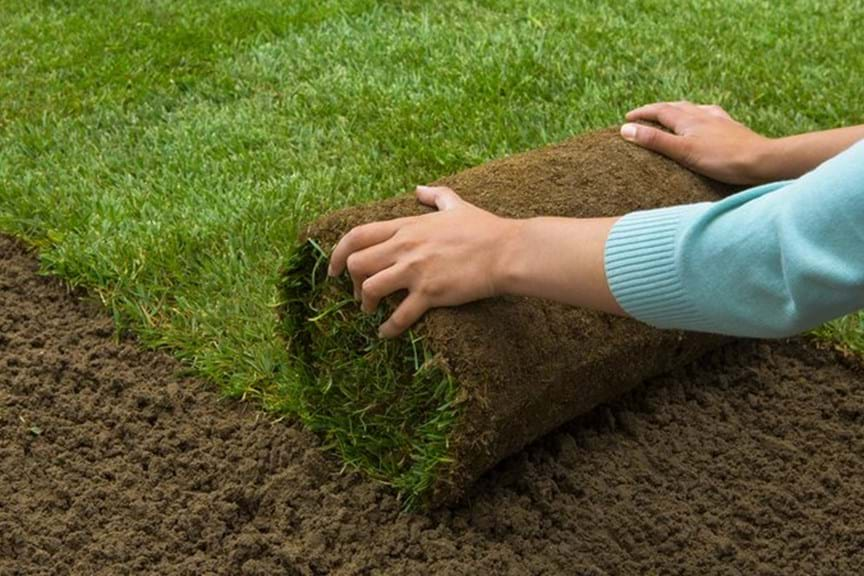
Once you've prepped your soil properly, you're ready to lay your new turf. Follow these steps to give your turf the best start in life.

Work a layer of Munns Professional instant turf starter into the underlay to improve the soil quality and lightly water your pre-prepared soil area. Turf starter has water crystals imbedded that will help retain water and then release as your soil dries out. These crystals need to be placed below the turf and not above.
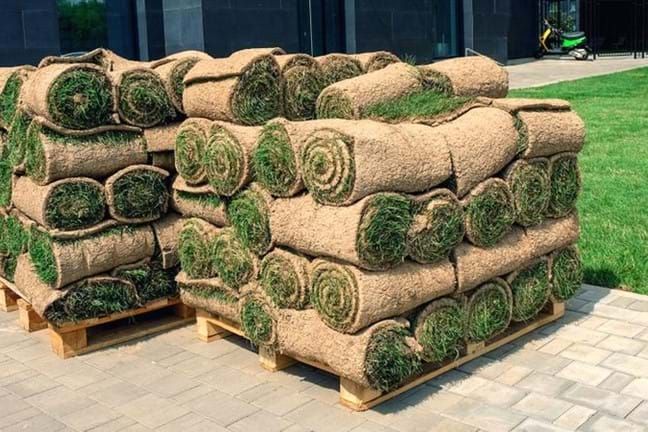
Turf either comes in rolls or slabs. It can dry out quickly, so it must be laid as soon as possible on the day it's delivered. If it's very hot on the day you're laying your turf, lay it out in sections and water each section as you go.
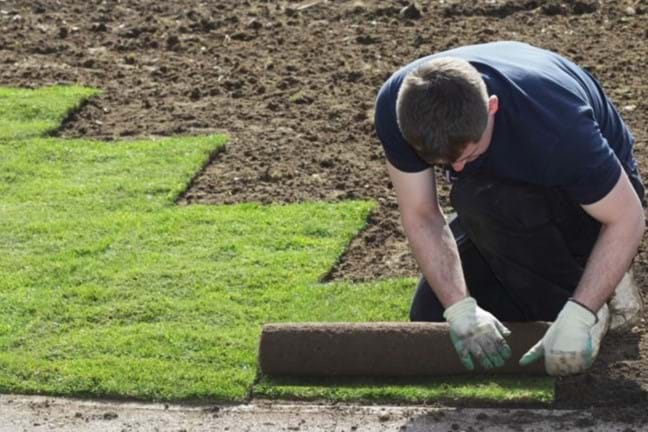
Lay each roll of turf in a brickwork pattern, with the length of the rolls parallel to each other but each roll starting slightly offset from the last. Ensure that each roll is placed tightly against the next roll, so no soil is exposed, without breaking the turf. Start at the outside of the area you're covering, and work inwards, pressing down firmly on the turf to ensure good contact with the soil. Ensure there are no overlaps or gaps in the turf and be careful not to stretch the turf. If the area is sloping, lay the turf across the slope, from left to right, rather than running from the top of the slope down. Start at the bottom of the slope to ensure the soil and turf will not slip during heavy rain.
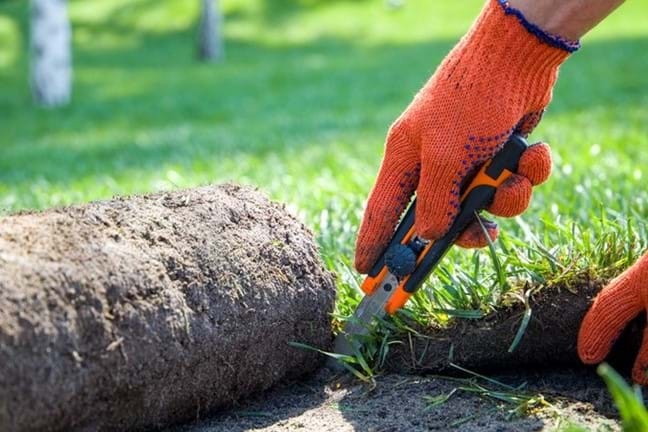
Cut the turf to shape, it is best to use larger rolls into smaller areas and cut the edges rather than using small bit as these dry out fast and will struggle to survive. Cut the turf using clean secateurs or a sharp spade.
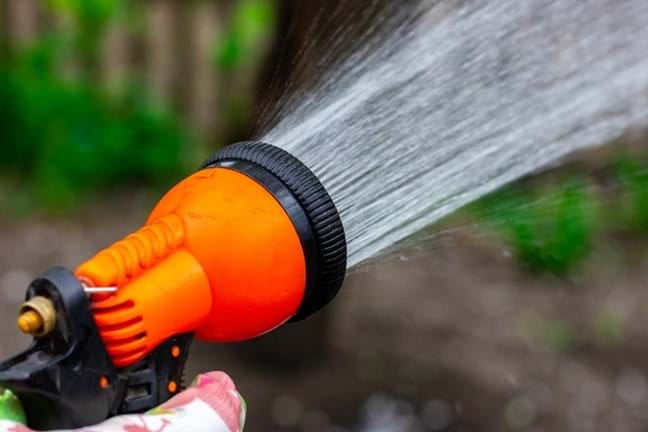
As soon as the turf is laid, water it immediately with a hose, saturating the grass and making sure the soil underneath is wet by lifting the turf up, it will take more water then you first think!
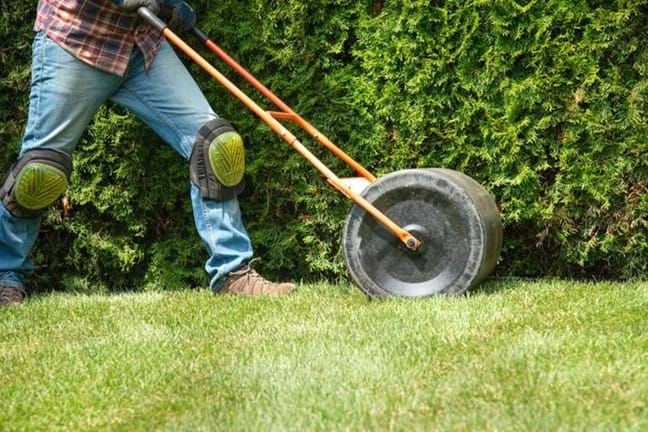
After watering for the first time, you need to roll the lawn. This will flatten out any lumps, smooth out any joins, get rid of any air pockets and help the turf bond properly to the soil. A handheld roller of around 45kg will work best. Work methodically, up and down the turf so you've covered it all.
If you don't have access to a roller then walk over the grass as you water it and tap down the edges with your feet, flood the surface to help with the bonding process. Without a roller you will likely need to top-dress later to even out any low areas or gaps between turf.
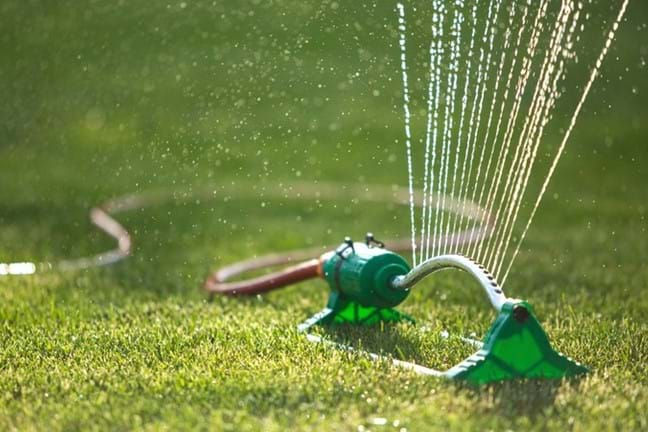
Once it's laid, watering new turf properly is essential to help it establish and grow well. In the first two weeks after laying a new lawn, it should be watered twice a day, and in extreme heat four or five times. Once the lawn starts to establish roots (check underneath the rolls) you can start to reduce your watering. This can be further reduced when you can no longer lift up your turf.